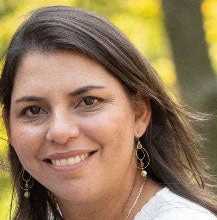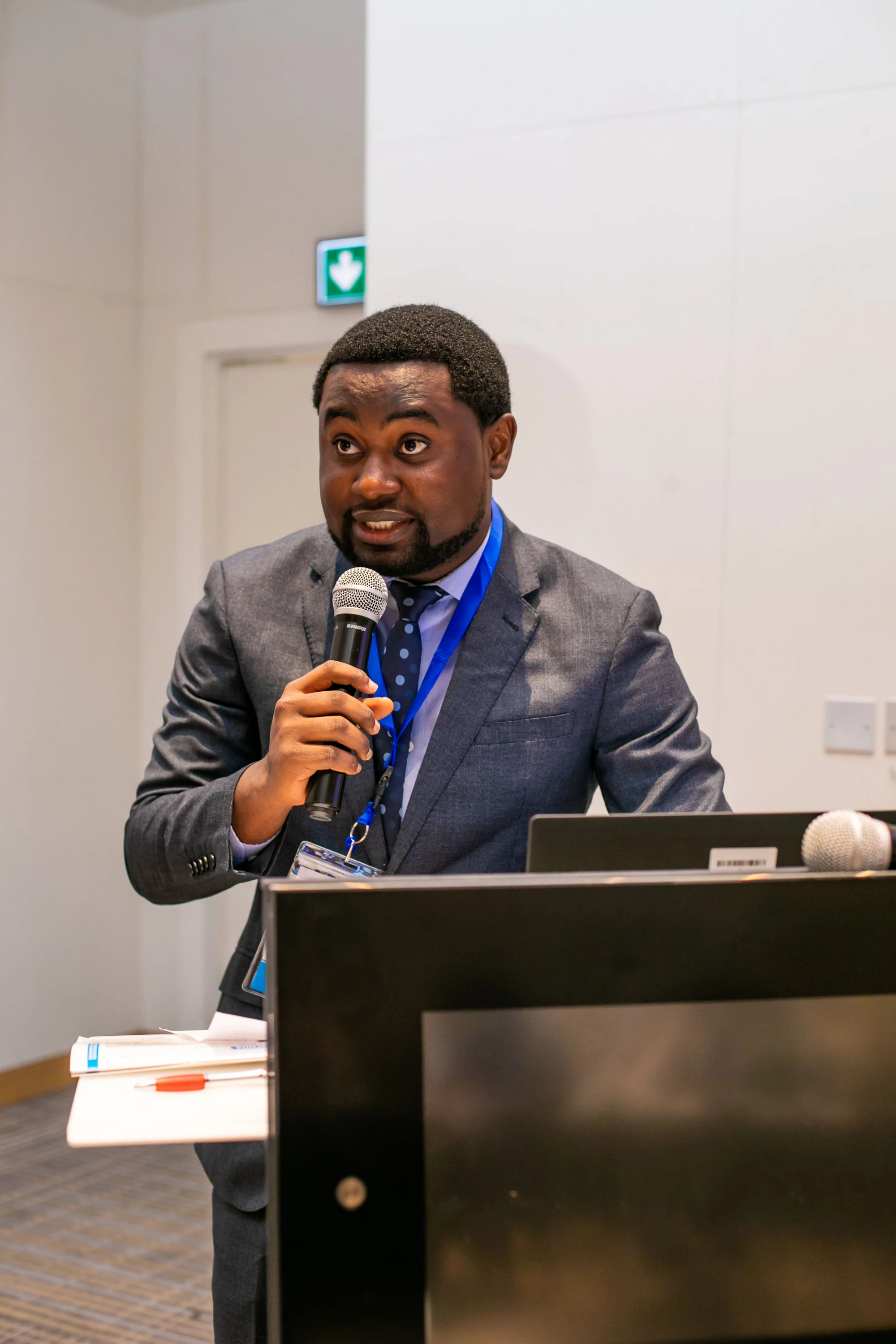Although the Organisation of Eastern Caribbean States (OECS) territories are small in terms of land mass, they are surrounded by a 500,000 km2 seascape – roughly 80 times larger than their land areas. The marine space is a lifeline for OECS countries, which have embraced the Blue Economy - - in other words, using this massive ocean area for sustainable economic growth and resilience.
Thanks to picturesque beaches, incredible marine biodiversity, and warm, welcoming people, the Caribbean tourism industry boomed prior to the COVID-19 pandemic, dominating the region’s economy. Tourism, which is a major employer in the Caribbean, contributed 15.2% (or $57 billion annually) to the region’s prosperity.
Unfortunately, the necessary lockdown measures to curb the pandemic have severely impacted the sector. Tourism is projected to decline 58%-78% globally in 2020 according to the UN World Trade Organization, jeopardizing job prospects in the Caribbean, where 54% of workers in the hotel and hospitality industry are women.]
As the world begins to look towards building back better from the COVID-19 crisis, the Caribbean seascape holds the key to a rewarding, prosperous future for Eastern Caribbean small states.
Shifting the paradigm

The OECS unveiled several blue economy investment opportunities on the opening day during the ‘Blue Economy Investor’s Round Table’ session, sponsored by the Caribbean Regional Oceanscape Project (CROP). The session focused on joint solutions and investments from countries, development partners, and the private sector to promote the blue economy and transition into prosperous large ocean states. The ‘movement’ for the blue economy has already begun.
For example, Coastal and Marine Spatial Plans for St. Lucia, St. Kitts and Nevis, Dominica, St. Vincent and the Grenadines, and Grenada are helping to bring the Eastern Caribbean Regional Ocean Policy to life. These spatial plans map out ‘ocean health and ocean wealth’ and will support leaders in charting the way forward through beneficial policies and investments, especially from the private sector. National Ocean Governance Committees in the Eastern Caribbean are currently working towards the development and oversight of these plans.
A call to collaborative action
Despite the mutual respect for the vast seascape, the Eastern Caribbean is still confronted with several threats to the blue economy:
- High environmental degradation and vulnerability
- Marine pollution
- Hurricanes, climate change, and unprecedented emergencies
- Limited economic diversification and access to international markets
The OECS blue economy investment portfolio, which was unveiled at the SDM, identified five priority areas for future blue economy projects, including: economic growth; equitable development; environmental protection; climate resilience; and strong ocean governance.
The World Bank Group is committed to supporting the diversification of the Eastern Caribbean economies and contributing to regional efforts that generate jobs and build resilience.
Currently, the World Bank is working with the Eastern Caribbean countries to prepare a regional investment project ‘Unleashing the Blue Economy of the Eastern Caribbean’ (UBEEC). The proposed project will aim to enhance tourism, fisheries and aquaculture, and waste management. These efforts are expected to boost economic recovery, help create jobs, and reduce marine pollution. Both the CROP and UBEEC are part of the World Bank’s global US$5.65 billion blue economy portfolio, with more and more countries looking at economic growth and sustainability of their marine and coastal natural resources.





Join the Conversation